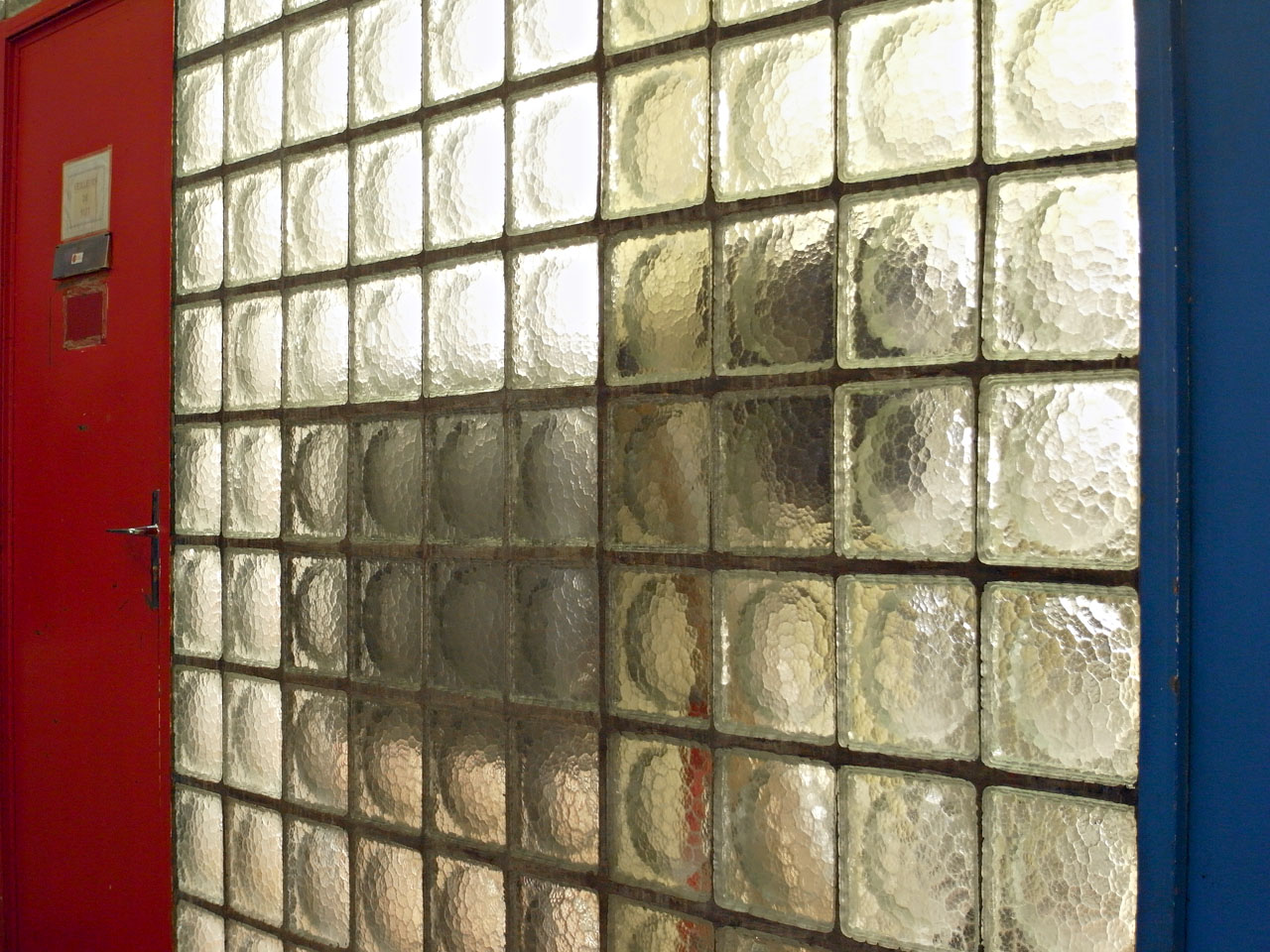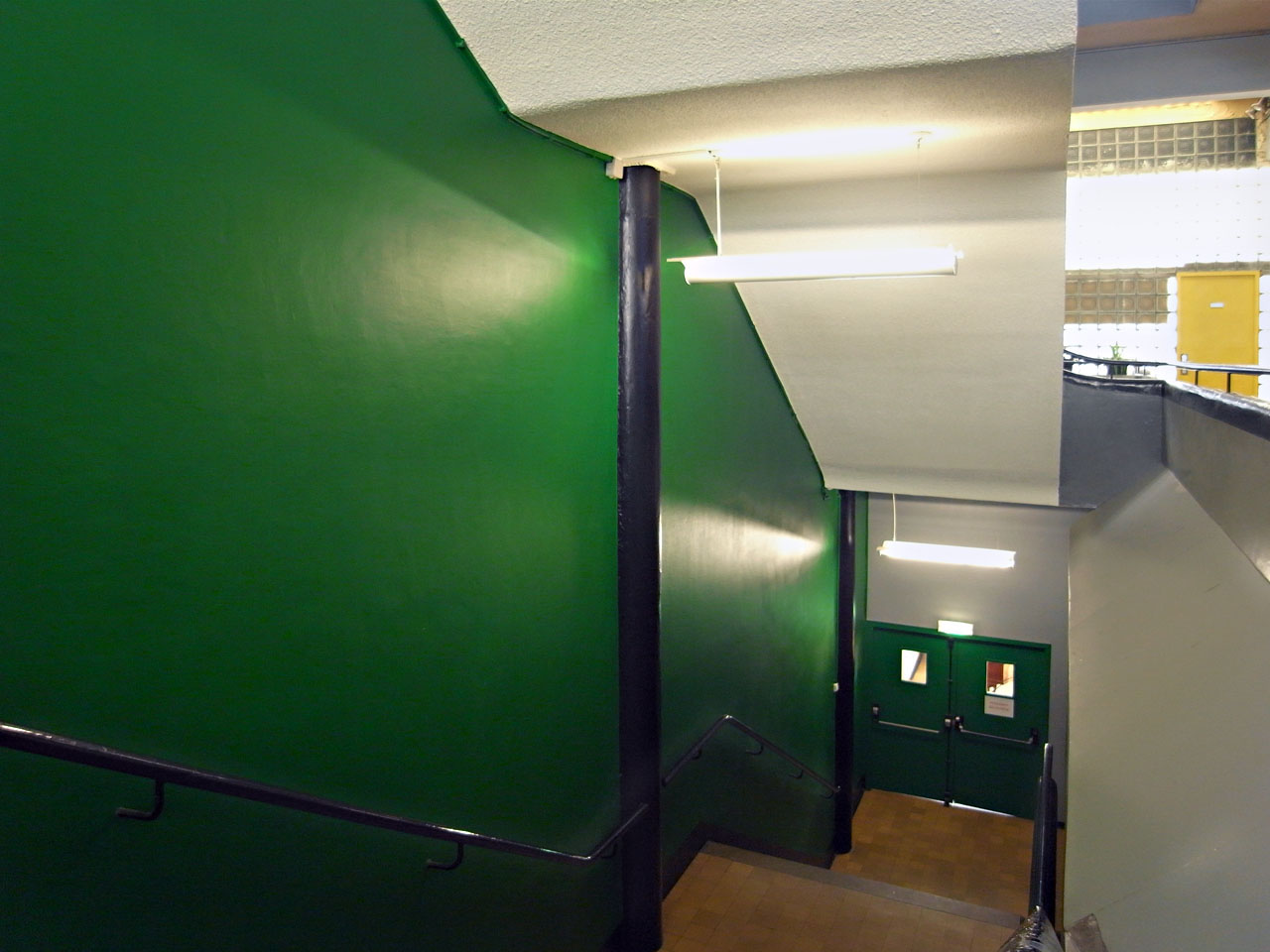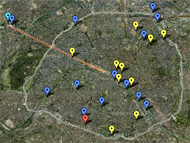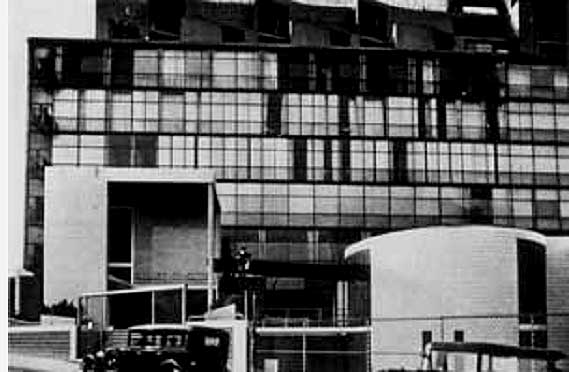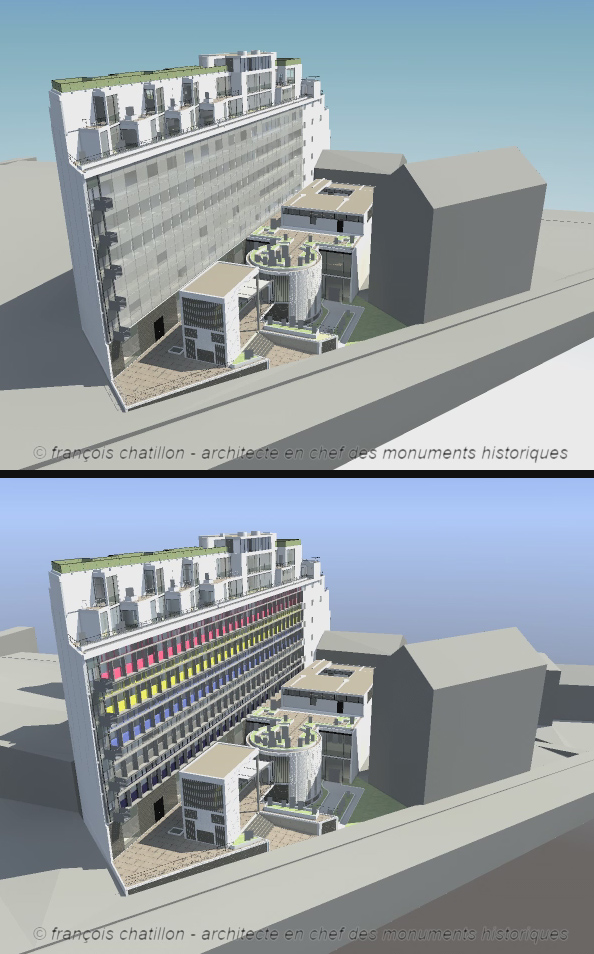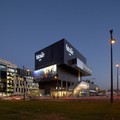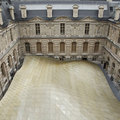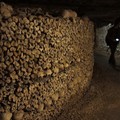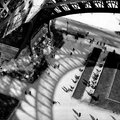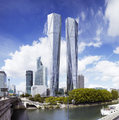 A korábbi ismertetéshez kiegészítésül:
A korábbi ismertetéshez kiegészítésül:
Az Üdvhadsereg székháza (Cite de Refuge) 1933-ban nyitotta meg kapuit; a maga is autoriter személyiségű Le Corbusier hiper-kontrollált környezetet hozott létre. Az elköltött frankmilliók ellenére az épület merev, modernista ideái éles ellentétben vannak a hétköznapok valóságával, az épület lepusztulásával.
Fent részlet SHAELENA MORLEY honlapjáról, ahol éles kritikával illeti az épületet, alul (ha jól értem a felújítást végzó) François Chatillon méltató írása, kiegészítve néhány korai fényképpel. Ezeken jól látszik az a déli homlokzatot végig betöltő függönyfal, amit az ötvenes években aztán a nyári hőség miatt elbontottak, átalakítottak (érdekes hogy a publikációkból ez milyen kevéssé derül ki, legtöbben a színes beton-árnyékolókat tekintik eredetinek).

A korábbi cikkben olvasható Le Ciorbusier dohogása a légkondícionáló rendszer kispórolása miatt (az alábbiak angolul, magyarra fordítani már nem volt időm).

The Salvation Army falls into a destructive cycle of dilapidation and expensive renewal due to its technical and social inflexibility. In 2010, after decades of disuse, the Salvation Army reopens as a refuge in response to the economic climate.


Meant to be a city of refuge, the Salvation Army exerts its control in sinister and explicit ways through the manipulation of simple architectural devices - the thickened façade acts as a visual barrier with the door and lock inhibiting escape from the oppressive dormitory. And just when escape from the dorm provides a glimmer of hope, it is quickly dashed by the realisation that the path to escape is an infinite maze. In a set of constructed moments, each device works on its own as a tangible threshold and together as a path of extreme resistance. Each manipulation shifts our perception of the space as well as the role of our engagement within it resulting in an architecture of multiple iterations or multiple contexts.

Noé bárkája párhuzam:

Az eredeti állapot (1933), és az átépítés (1950-53) - interaktív képek! François Chatillon honlapja:
In spite of the work of Brian Brace Taylor which is devoted to him, the City of Refuge remains a badly known work or rather badly recognized. Successive ruins, transformations, restorations make today from there perception difficult. It is however a masterly work of Le Corbusier whose complexity shows the skill of the architect and his collaborators of the street of Sevres, of which Pierre Jeanneret in first chief. All is extraordinary there. The innovation of the program, topography, the financing, however despite everything these difficulties, Le Corbusier point by point applies to it the result of its research to architecture. Of course the application of the five points of architecture does not have here the obviousness of the villa Savoye and a too fast glance could deny the existence of it. It is necessary to enter in detail of the plan, the cut, the implementation to include/understand the principles which guide the hand of the draughtsmen.
Whereas all the difficulties could have resulted in compromising with the principles, one discovers on the contrary the eagerness and the amount of work and handing-over in question which make architecture. This work décriée by its users in his version initial and altered by Le Corbusier himself does not have the attraction of the pure abstraction of the Savoye villa or the Swiss House. It has on the contrary, in my opinion, an additional thickness, that of the doubt and repentance which marks of a particular humanity the philosopher's stones of the history of Article. The construction of the City of Refuge was one particular moment for Le Corbusier as for the Salvation Army. Research laboratory for an “ideal” social treatment of poverty, this testimony to us is today bequeathed a such rusted steamer failed on the strike of a district in full change. The duty of the most stripped helps to mixes here with the duty to remember for the promoters with the City who believed in the need for putting best at the service the humbler.
The project of a great complexity treats at the same time building of the City of Refuge and Center Hope which was coupled to him in the years 1970. The difficulty comes from the double requirement to respect and emphasize the work of Le Corbusier who already underwent many modifications of which some of Le Corbusier himself; and that to give to the residents buildings adapted to their needs and equipped with a comfort worthy of our time. The work of knowledge and the detail is paramount here.

